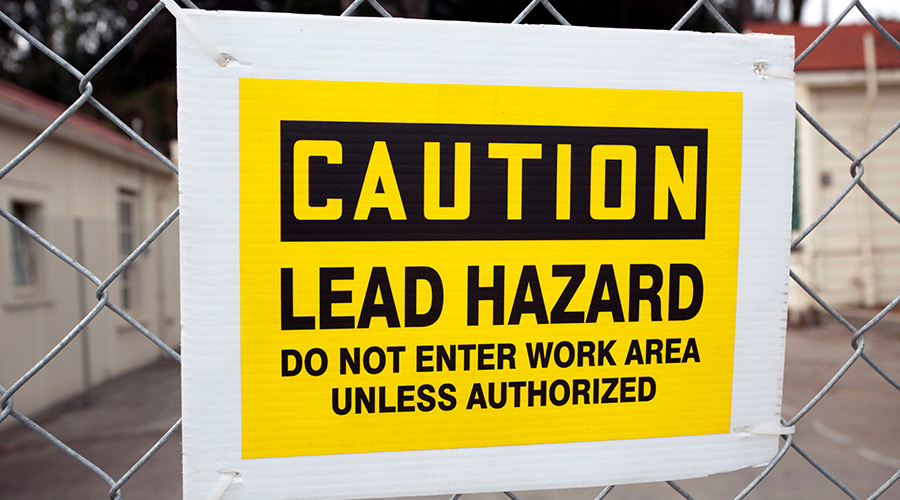New Technologies Require Life-Cycle-Cost Analysis
As advances in technology arrive faster than maintenance and engineering managers can possibly keep up, an important step in determining which technologies to incorporate into institutional and commercial facilities is understanding the financial impact of any particular product or system.
Unfortunately, managers can make costly mistakes in the process. Too often, they focus on the initial cost of new technology and ignore the long-term, life-cycle impact of its purchase and implementation. This trend is troubling because 90 percent of a building's cost occurs after construction. Most managers focus so much on short-term objectives and constraints that they do not have the time, energy, or knowledge to truly assess the total cost of ownership or, just as importantly, perform a life-cycle-cost analysis (LCCA).
By developing new strategies for specifying the most appropriate technology for the facility and using a simplified calculation of life-cycle costs, managers will be in a better position to avoid pitfalls related to investments in new technology.
Seeking Solutions
The changes to facilities managers must address are rapid and increasingly complex. Consider some recent developments:
Emergency preparedness. Managers need to identify an expanding array of threats and implement strategies to protect occupants from these threats and ensure their safety and security.
Sustainability. Managers have increased involvement in environmental responsibility, energy and water conservation, and waste reduction.
Aging facilities. The recent economic downturn has affected budgets, resulting in deferred maintenance that ultimately will take a toll on the organization's bottom line.
Workforce issues. As workers age, new-generation technicians are more computer literate and culturally diverse, and they have a different set of skills. Keeping up with technology will continue to challenge managers.
Many managers seeking solutions for these and other challenges rely on technology, but that approach can lead to trouble.
One of the most visible mistakes I see is organizations that buy large enterprise asset management (EAM) systems, enterprise resource planning (ERP) systems, or computerized maintenance management systems (CMMS) with the belief the software will turn around their departments and make them a more reliable, productive operation.
In reality, while most organizations budget for the software, including additional hardware, licensing, and maintenance, too few allocate enough funds for training. As a rule of thumb, managers should budget 50 percent of the software's total cost for training.
The second mistake I see is the belief among managers that the information technology (IT) department has the training and qualifications to most effectively manage the software, when in fact maintenance and engineering departments benefit when they develop those skills themselves.
I have seen maintenance personnel, supervisors and maintenance clerks spend hours trying to figure out ways not to use a computer or advanced software. Calculate the hours technicians spend trying to figure out data entry, and apply those hours to the department's backlog. To remedy the problem, which prevents staff from doing their jobs, managers need an internal "super user" who can address these issues and make sure workers do their jobs.
I also have seen managers invest in technology that nobody can use. I've visited departments that have the most beautiful infrared camera — still sitting in the case.
Sifting Through Options
Technology advances aim to address these and other challenges, but managers must be clear on the benefits the technology promises, as well as the drawbacks it can present. Much technology buzz involves cloud computing. There are generally two major models:
- Infrastructure as a service, which enables organizations to outsource the computing infrastructure. The facility rents server capacity and performance as needed, rather than having to build a data center or acquire other infrastructure components.
- Software as a service, which provides actual computing functions, so users rent the ability to perform the function, rather than the capacity.
Options related to mobile devices also have expanded in recent years. Significant improvements in Wi-Fi technology, battery life, memory, and ease and range of use have made mobile computing more viable for departments. Technicians can collect tremendous amounts of real-time data, readings, conditions, etc., while on the road or running their daily routes.
Related Topics:












